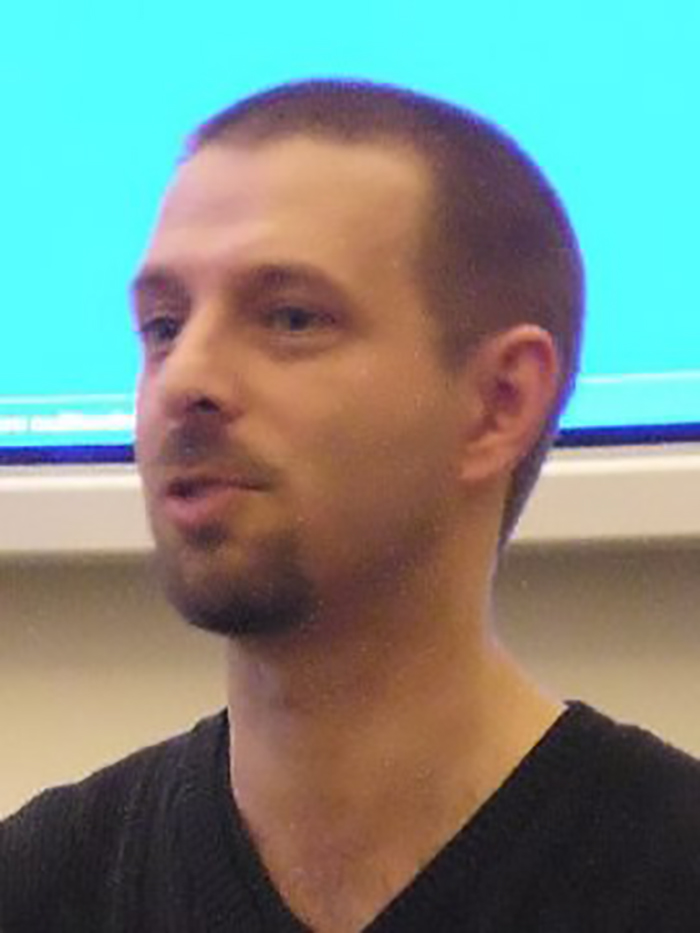Roberto Meschini

XXI Cycle - (A.A. 2005-2006)
Architecture Technology
Home Institution: University of Ferrara
Without Scholarship
Curriculum: Architecture (ICAR12)
Research Topic: Archaeology & new technologies
Tutor DA-UNIFE: Marcello Balzani
Nationality: Italy
Email: Roberto.meschini@tryeco.com
Profile
Biography
Phd, architect and photographer, since 1994 collaborates in the field of research and architectural and multimedia design in several Italian cities. After realizing some architectures, he focused mainly on multimedia musealization, he made several videos, DVDs, CD-ROMs and books.
He has traveled to many parts of the world, collaborating with UNESCO and other international institutes from Central America to Asia, from the Middle East to the Arabian peninsula, obtaining shots for photographic exhibitions and magazines.
Research skills
enhancement | new technologies | communication | innovation | 3d model
Scientific activities
ORCID ID:
0000-0003-3602-6440
IRIS UNIFE ID:
rp00000
Doctoral research
“The musealizzazione in situ: Strategies and techniques to exploit and disclosure of archaeological sites”
In recent years we’ve encountered new attention regarding musealizzazione on site of archaeological heritage, in Italy as well as at international level. A wide array of technical meetings and conferences have brought the matter to attention worldwide. We are in need of a definition for the main subject of this issue, in order to acknowledge the area involved by this research. Archaeology and musealizzazione disciplines have points in common regarding protection and enhancement of assets. An archaeological site is intrinsically a three dimensional portion of space in which we can notice a wide variety of physical transformations due both to nature and mankind, with the result of a place where space and time are built in as one. Usually an archaeological site undergoes two different stages, conservation and musealizzazione, being divided in movable and non movable components. The first ones are typically assigned to conservation in environments not directly referring to the site, guaranteeing an high level of conservation and enhancement. Non movable components remain in place where they have been found, creating a portion of ground called “site”. Separation of these components usually distorts the completeness of finding on a large scale, as well as comprehension of an archaeological site both historically and anthropologically. Musealizzazione on site is therefore necessary in order to protect assets and return them to the community. Involvement of different professional figures must emerge in every aspect of enhancement of an archaeological asset, but mainly during the process from excavation through enhancement. This procedure can be associated to the process intending to realize an asset in other fields. From this similarity rises an identification that shall be called “archaeological process”. “ The Archaeological process” is the procedure that an archaeological area performs from its finding to its enhancement, representing throughout musealizzazione on site the whole process of enhancement of movable and non movable assets, including practices (excavation, analysis, cataloguing, restoration) performed to make them usable and perceptible by the community.
Keywords
enhancement | communication | Archaeology | techniques | 3dmodel

